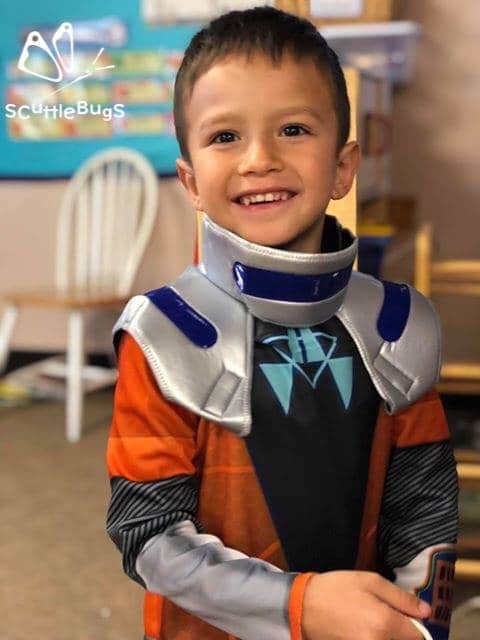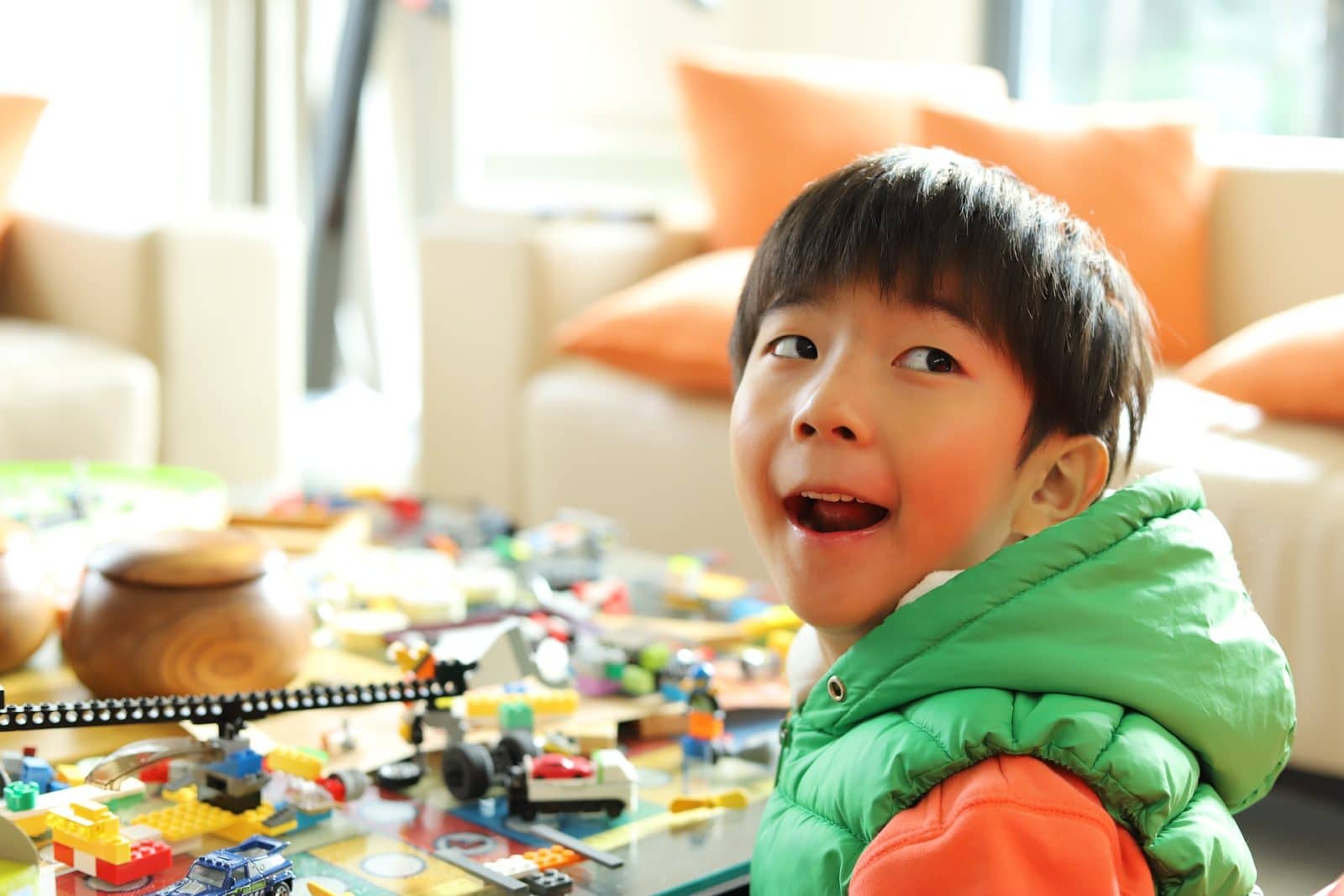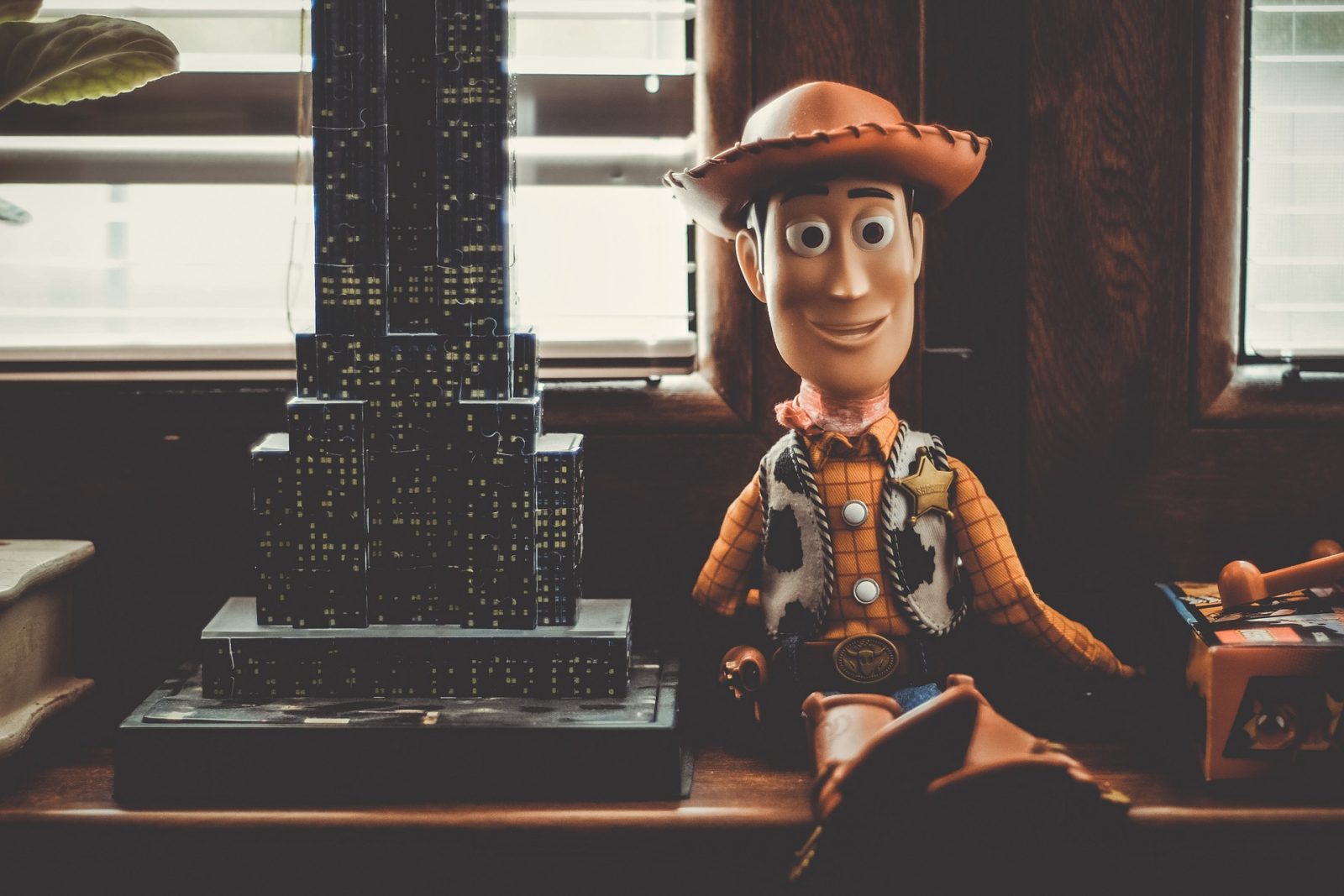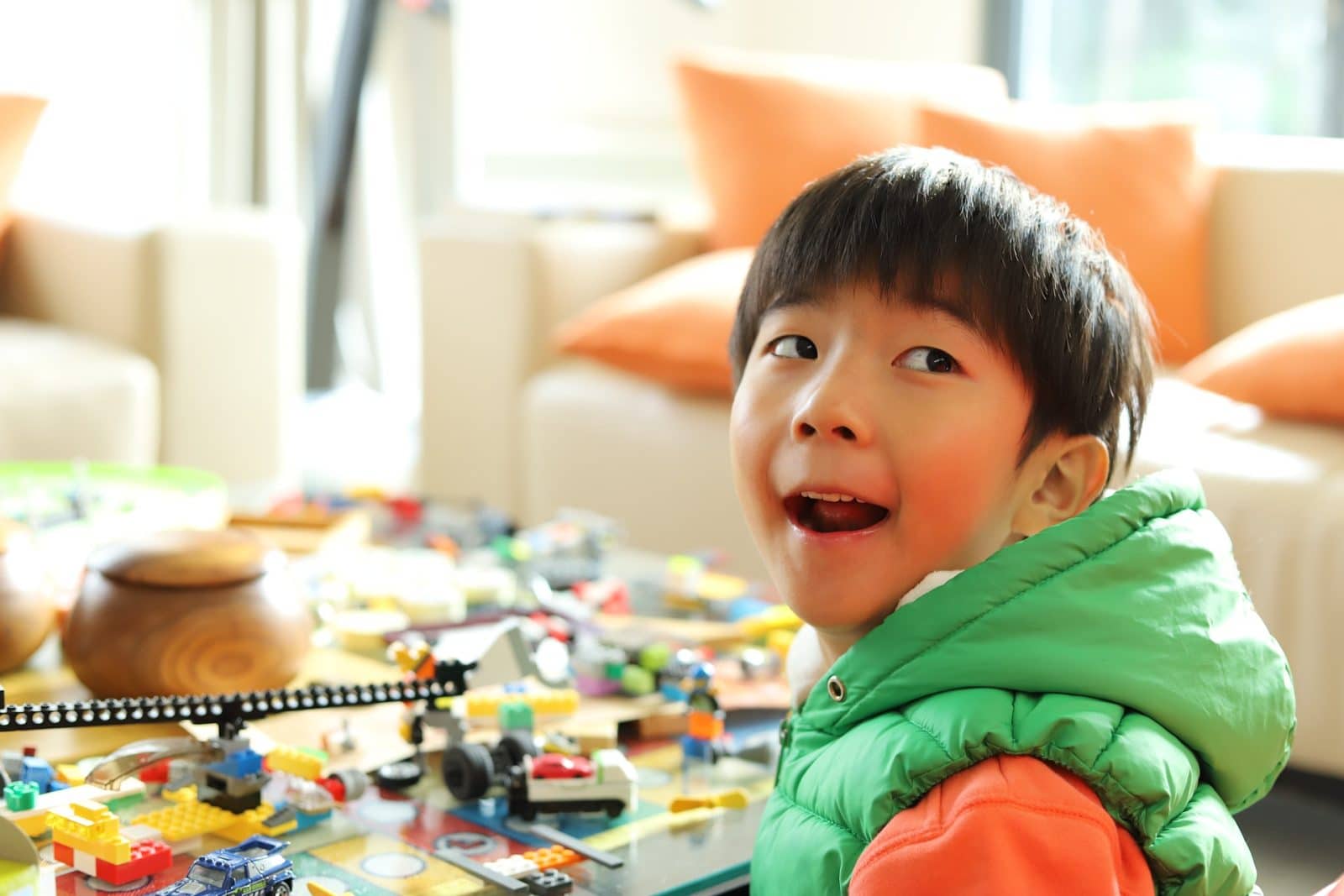I recently took my children to the movies to see the newest installment in the “Toy Story” franchise. I have always appreciated these movies for the manner in which they capture the innocence of childhood and the importance of play wrapped into an entertaining package for both adults and children to enjoy. I must, however, admit that this time while sitting in the movie theater, my thoughts were flickering back and forth between what was happening on the screen and the importance of play in a quality early childhood education curriculum.
In my opinion, the thing that “Toy Story” movies illustrate so well, is the importance of play in children‘s lives. The essence of learning and development through play in childhood is so brilliantly captured in these movies and wonderfully illustrated through the use of toys. Toys transition from being tools for play into the actual roles of children at play in their various adventures. The adventures carried out by Woody, Buzz, Bo Peep and the rest of the gang literally reflect all of the learning and development that can occur through dramatic play and exploration. These movies are a testimony to the critical need for play in childhood and education. The underlying message from the toys in these movies is their never-ending mission to do all they can to ensure that childhood is elevated and preserved through play.
As I mentioned, while watching the screen my thoughts were lingering within the pages of the curriculum revisions I have been working on here at ScuttleBugs. I felt quite justified in placing great emphasis in setting high standards for learning and development objectives for children to achieve through a curriculum based on play, creativity, and exploration.

Pressure today is increasingly placed on squeezing the role of play out of children’s lives earlier in favor of the three ‘R’s, as the goal is to prepare children for a competitive world. The amount of stress laid on the shoulders of society regarding global competition and economic development has introduced fear or, to say the least, concern into parents and governments over how children become relevant in 15 years. I encourage you to give yourselves a moment to think critically about the influence of PISA testing scores designed by the Organization for Economic Cooperation and Development (OECD), and how results affect the development of curriculum,[1] rather than curriculum being developed based on research findings regarding how children learn and develop. Governments fear to see their young people left behind or the idea of their workforce made irrelevant. In these situations a parent might say, “I want my child to have a job. Without a job my child will not have a good life, so what can I do to prepare my child?” And the answer often ends up being an emphasis on more specific skills related to global competition and economic development earlier in childhood. With the OECD now testing the International Early Learning and Child Well-Being Study (IELS), otherwise known as “baby PISA”[2], there is good reason to give careful thought to the importance of childhood and children’s natural affinity to learn through play, engagement, and discovery.
A lack of understanding regarding the value of play prompts parents and schools alike to reduce play as a priority. I have seen a growing trend around the globe for governments and parents alike to push schools earlier and earlier towards strictly teaching numeracy and literacy. In my opinion, this push will result in children missing out on early play-based learning opportunities which, in turn, support the development of creativity, problem-solving, and empathy - skills which are vital when it comes to accomplishing our goals and succeeding throughout life. The biggest mistake here is in thinking that teaching numeracy and literacy can’t be achieved through play based activities. Not only can literacy and numeracy be taught through play, but children also develop a sense of ownership in what they have learned and enjoy the process of learning through play.

I asked my son recently how many Lego bricks it took to build his latest creation. He counted them up and was careful to categorize them by size and color, both (counting and categorizing) very important mathematical skills. Within twenty minutes he delivered a breakdown of total bricks used. I then asked if he were to increase this building ten times in size, how many bricks would he then need? He went straight to multiplying and adding up again each type and color of brick and then in total, finally subtracting what he currently had from his new numbers. Voila! Numeracy through play, critical thinking through adult-lead questions related to his play, and, as a bonus for Mom, I received a purchase request for more Legos as he figured out he didn’t have enough to expand his building.
Speaking of which, I read an interesting article not too long ago about the Lego corporation investing £4m into a new “Lego professorship” at Cambridge University,[3] and supporting an accompanying Centre for Research on Play in Education, Development and Learning (Pedal). They are also creating links with Harvard, MIT, and other prestigious institutions all with the aim of providing an incontrovertible academic underpinning to the educational value of play, and to define more clearly what works and how to measure it. Lego, a Danish company, has lobbied for and invested in research projects which emphasize the importance of play not simply from a marketing perspective, but based on the merits of the Scandinavian values for play in Early Childhood.[4]

Allow me to return my thoughts to the “Toy Story” analogy I began with. When I returned home I sat down with a piece of paper and categorized all of the different learning opportunities documented through the play I witnessed on the movie screen. Here is the short list: engineering skills, geography, problem solving skills, risk management, critical thinking skills, social-emotional awareness skills, leadership skills, tolerance and empathy, measurements, diversity, numeracy, literacy skills, communication skills, health and safety comprehension skills, relationship skills, self-efficacy, and creativity. You know what? All of these objectives are to be found within our curriculum and taught through play-based learning opportunities.
So, to wrap this up, I would just like to suggest that we invest a little more time thinking about the childhood play-based values and learning opportunities found in the “Toy Story” movie franchise and a little less stress regarding how we meet economic competition and development demands in fifteen years.
[1]https://www.researchgate.net/profile/Svein_Sjoberg/publication/281684204_PISA_and_Global_Educational_Governance_-_A_Critique_of_the_Project_its_Uses_and_Implications/links/55f42e9908ae1d980394b9b3/PISA-and-Global-Educational-Governance-A-Critique-of-the-Project-its-Uses-and-Implications.pdf
[2] https://www.educationdive.com/news/pre-to-3-new-baby-pisa-study-to-include-us-5-year-olds/549810/
[3] https://www.independent.co.uk/news/education/education-news/lego-professor-play-cambridge-university-hire-paul-ramchandani-child-development-education-a7757006.html
[4] https://www.legofoundation.com/media/1063/learning-through-play_web.pdf

